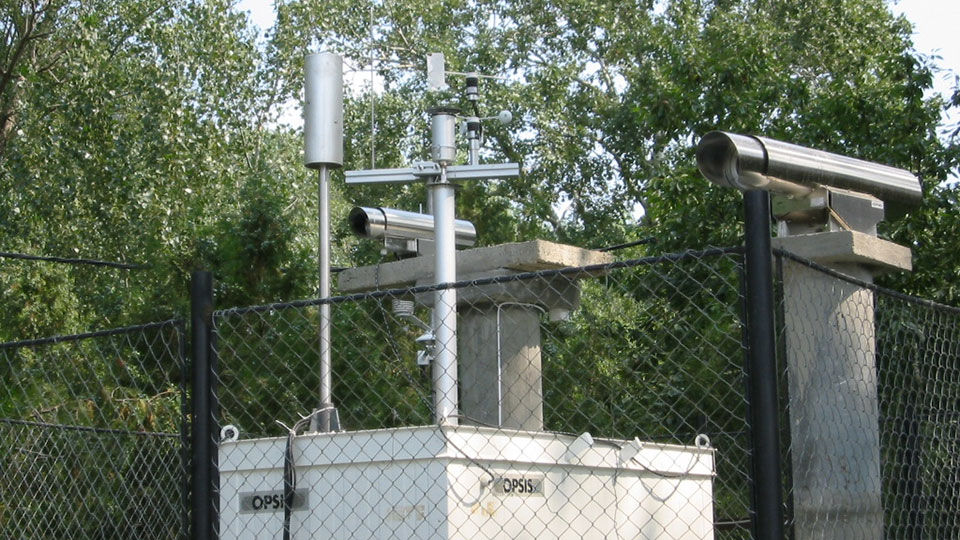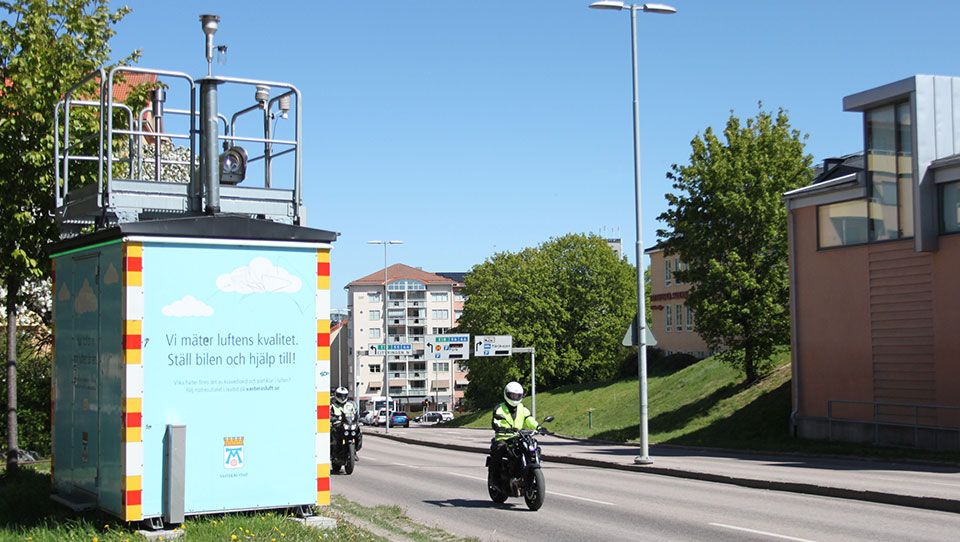Monitoring of airborne particles
OPSIS offers flexible monitoring of particles in the ambient air, both for determining the concentrations in real time and through collection on filters that are also preserved and can be used to determine the composition of the particles.
PARTICLES AFFECT HEALTH
High particle concentrations have become a major problem, furthermost in cities. The particles emerge from emissions from diesel engines and other combustion processes. They can also originate from tyre and road surface wear, construction work, and other anthropogenic activities. Natural sources such as mineral dust and sea salt also contribute. The smaller the particles, the further they penetrate into the lungs and the more harmful they are to health. They can give rise to a wide range of respiratory-related diseases.
The particles are classified based on diameter where, for example, PM10 means particles with an average diameter of 10 µm or less. In recent years, focus has increasingly been directed towards smaller particles such as PM2.5 and PM1.

A CERTIFIED AND FLEXIBLE PARTICLE monitor
The OPSIS particulate monitors can be used for both automatic monitoring of concentrations and for collecting samples on filters. It can be remotely monitored and controlled and has automatic calibration, making it a cost-effective solution suitable for use in modern monitoring stations.
An OPSIS particulate monitor can be equipped with a PM10, PM2.5, or TSP head to monitor the desired particle fraction. The particle monitors meet today's regulations for automatic measurement of PM10 and PM2.5. They can also be used to collect the particles on filter membranes for further laboratory analysis of cadmium, nickel, PAH, and other particle-bound substances.

MONITORING OF PARTICLES WITH OPSIS
There are multiple reasons for choosing OPSIS as supplier of systems for gas analysis. Among the key benefits of the methods and solutions offered by OPSIS are:
- cost-effective system solution
- real-time monitoring of PM10 and PM2.5
- meets the requirements for standardised sampling
- filter sampling for precision monitoring and analysis of particle contents
- sampling at ambient air temperature - no need for correction factors
- certified by German TÜV, U.S. EPA, and others.

